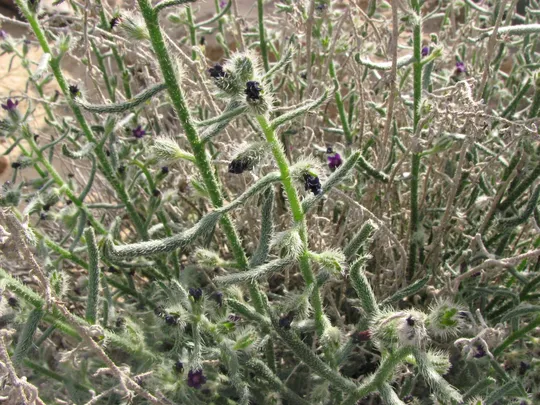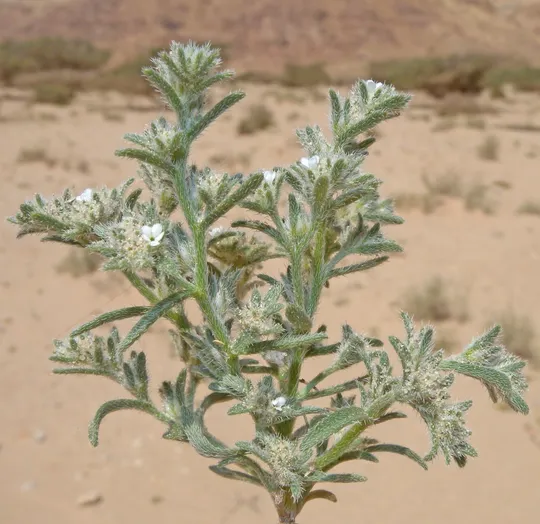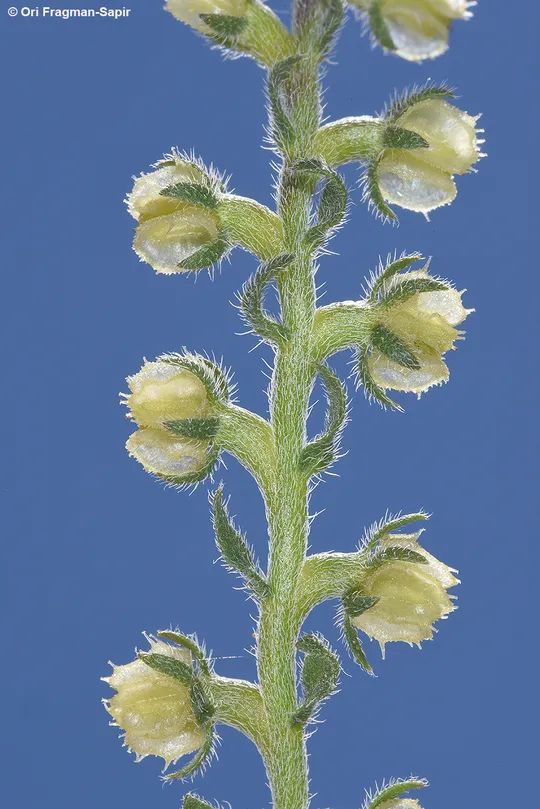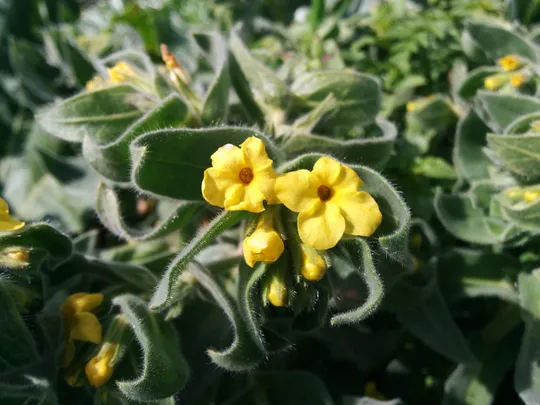Oriental Alkanet
Anchusa arvensis
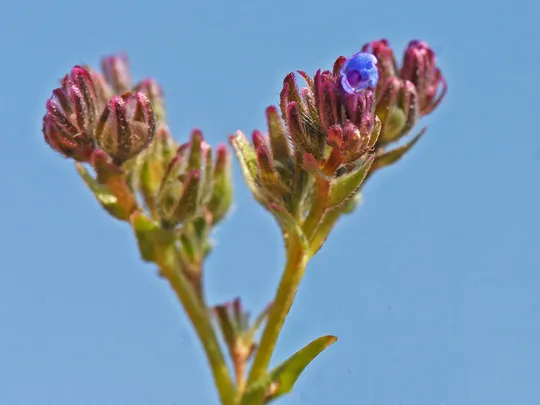

Anchusa ovata was collected from dozens of sites in
the Jezreel Valley, Lower Galilee and Upper Galilee. In the Jezreel Valley it has completely disappeared
from sites in Dovrat, Afula, Sarid, Gvat, Nahalal and Kfar Barukh on which it
had been recorded In the past, due to the transition to modern agriculture. It
remains today only in Wadi Adashim and Wadi Mizra. Currently most of the A. ovata sites are located in the Lower Galilee, where we found
many new sites during the rare plant survey in the 1990s. The major habitat of A. ovata today is traditionally cultivated olive groves. Most
sites are in the Bet Keshet, Alon Tavor, Golani Junction, Mrar, near Tsalmon
stream, Shorashim and Arbel areas. In the Upper Galilee, it grows very close to
the boundary with the Lower Galilee, in the Hanania Valley and in the Golan
Heights. A. ovata has been recorded at 18 sites in
Israel, but is estimated to grow in approximately 30 sites.
Terra
rossa and basalt soils in traditionally cultivated agricultural areas, particularly
in small fields and olive groves.
The genus Anchusa
has 35 species, whose distribution is in Europe, the Near East, North Africa
and South Africa. A.
ovata is very close specie to A. arvensis, and was
once considered its subspecies (A. arvensis ssp. orientalis) by
some experts. A. arvensis is an annual or perennial plant found in
Europe, whose corolla is completely blue
•
Anchusa ovata
grows in three regions, as in the past. There has however, been a significant
reduction in the number of sites, particularly in the Jezreel Valley, where it
disappeared from most sites where it was previously found.
•
On many of the
sites on which A.
ovata still grows, the population size is estimated at
hundreds of plants, while on some sites only individual items were recorded.
•
A. ovata is tied to the
traditionally managed agriculture habitat. The transition to modern cultivation
that includes deep plowing and the use of pesticides is probably the cause for
the destruction of many sites. Today it survives mainly in olive groves, but the
use of modern farming methods in these groves may result in its extinction.
•
A. ovata is protected in
the Arbel Cliff Nature Reserve, but most sites are not included in nature
reserves nor are any protection afforded to the species populations in Israel.
•
A. ovata is not listed
as a globally endangered species and there is no information regarding its
status in other countries in its range.
The
populations in the major Anchusa ovata sites should be monitored. Lower Galilee sites
in traditionally cultivated olive groves where the species grows should be
declared nature reserves to prevent the transition to modern farming methods
Anchusa ovata is found in northern
Israel, Lebanon, Syria, Turkey, Armenia, Southern Greece and the Aegean
islands. The species was also described as a noxious weed in agricultural areas
in Eastern Europe and even in the mountains of Yemen.
Anchusa
ovata is an
annual herbaceous species that grows in traditionally managed agricultural
areas, and is now mainly found in the Lower Galilee olive groves. Its major
threat is the transition from traditional to modern intensive agricultural cultivation
methods. Traditionally cultivated olive groves should be preserved. The species
is not globally endangered.
Current Occupancy Map
| 1000 squre meter pixel | 5000 squre meter pixel | 10000 squre meter pixel | |
|---|---|---|---|
| number of observations | 0 | 0 | 0 |
| in total pixels | 0 | 0 | 0 |
| Family | Boraginaceae |
| Classification | On the endangered species list |
| Ecosystem | Mediterranean |
| Chorotype | Western Irano – Turanian |
| Conservation Site | In between Kfar Kama to Khan al Tog’ar (traders camp) in the Upper Galilee |
| Rarity |
1
2
6
|
|---|---|
| Vulnerability |
0
3
4
|
| Attractiveness |
0
0
4
|
| Endemism |
0
0
4
|
| Red number |
1
3.2
10
|
| Peripherality | N |
| IUCN category | DD EW EX LC CR EN VU NT |
| Threat Definition according to the red book | Vulnerable |
 Based on:
Based on:
